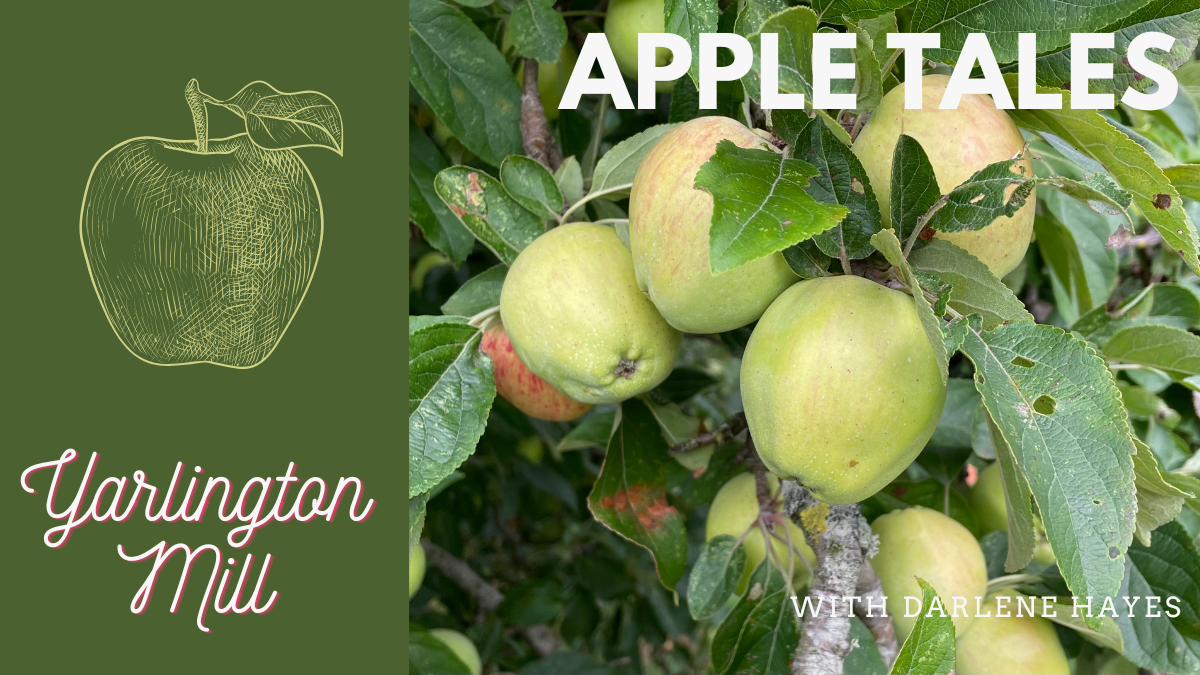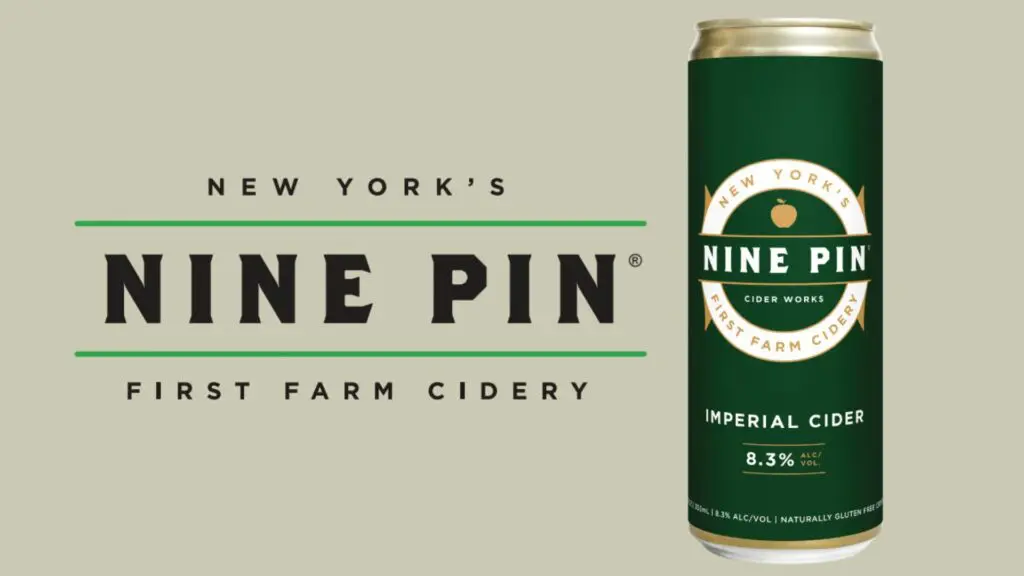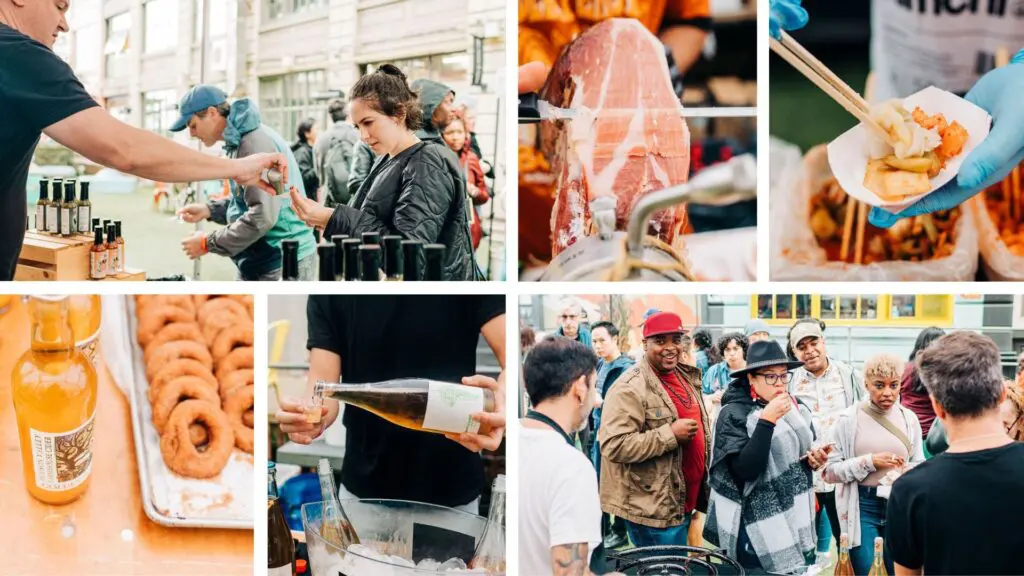APPLE TALES WITH DARLENE HAYES
Yarlington Mill was named for, obviously enough, a mill in the Somerset village of Yarlington, England. The village grain mill was an important feature in the lives of local residents. Everyone used it, and everyone knew the miller. As the story goes, the eponymous apple was discovered by Edward Bartlett growing out of a stone wall near the point where the water left the mill to rejoin the river. Edward’s father, William, bought the mill in the late 1870s, maybe because it had once been owned by his first wife’s family. Or maybe because Edward was working there (he’s listed as a baker in the 1881 census when the family was living at the mill), though at only 14 in 1881, he would have been young for the job.
The scrappy little tree was dug out and transplanted, possibly in an orchard on the mill property, but more likely at the 140-acre farm that William Bartlett owned in nearby Galhampton. By 1891, William had moved back to the farm, leaving Edward and his brother James to run the mill. Edward may not have been a cider maker, but his father certainly was. Several reports in the local papers note that after local society meetings the participants would adjourn to Barlett’s farm to enjoy a few pints of his cider.
Most apples grown from seed take some 15 to 20 years to bear fruit in any significant quantities. Yarlington Mill was an exception, however. By the early 20th century it was already being grown and used for cider in several nearby orchards and, in 1903, the apple was discussed at a local cider conference. “Yarlington Mill was another apple very highly spoken of … a very vigorous grower,” noted an article published in the October 30, 1903, issue of The Shepton Mallet Journal.
The apple also came to the attention of England’s National Fruit and Cider Institute. Researchers there grafted it into test orchards. Apples from the orchards around Galhampton/Yarlington were collected for analysis, and batches of cider were made and evaluated. “Not brisk enough for use alone, but of first-rate quality for blending,” one researcher decided. Good quality juice and the preciosity of the tree recommended it to farmers, and Yarlington Mill was on its way to becoming a staple in Somerset’s cider orchards.
The apple’s full name is actually Yarlington Mill Jersey, a member of a group of apples sometimes called Jersey types, generally described as having a bittersweet character and conical shape, though neither is unique to apples with the name Jersey. Some say the name comes from the word jaisy, meaning bitter in the Somerset dialect. Others have guessed that Jersey types, or at least their ancestors, came from the island of Jersey in the English Channel. They are both still just theories at this point.
Jersey, the largest of the Channel Islands, has been an important place for cidermaking since at least the 15th century. Apple varieties were brought in from nearby Normandy, France, but many local cultivars were developed from seed as well. By the late 17th century, so much land had been turned into cider orchards that the local authorities, concerned about grain supplies, passed a law forbidding the planting of any new ones. Cider was a major export product, and remained so into the 19th century. Both apples and cider are known to have been brought by ship to England’s southern coast, including to Somerset, and seeds might have found their way inland.
A more interesting, though highly speculative, possibility is that Jersey fruit came to Somerset via orchards planted by members of the de Carteret family in the 1670s and 1680s. The de Carterets were one of the oldest and most important families in the Channel Islands with several manors on Jersey surrounded by many acres of cider orchards. (One of the de Carterets was granted land in England’s North American colonies, which is how New Jersey got its name.) It is no great leap to imagine that after buying land in Somerset they’d want apples they knew planted there. They may have even thought they could use Somerset to expand their existing cider business since they couldn’t plant new orchards on Jersey. As it turns out, they didn’t stay there long, though. Ardent supporters of James II, the last de Carteret in Somerset sold the land in 1696 and followed his king into exile. It is 10 miles from there to Yarlington, however, and just a few more to Martock where several other important Jersey types were discovered. That’s not much of a journey to make over a couple hundred years, even for apple genes.
Regardless of how Yarlington Mill Jersey got its name, it has been and continues to be an important variety for cider in England’s western counties. It has also found its way into American orchards. After tasting through a group of Yarlington Mill single varieties, however, one has to wonder if somewhere in its travels through the United States something got mislabeled, for though most of the ciders had very obvious common features — a rich amber color, pronounced aromatics, and spicy tannins — others were remarkably different both in color and aromatic intensity, not to mention strikingly different in flavor. Still good, just different.
Ross on Wye Cider and Perry Co. – Ross-on-Wye, Herefordshire, U.K.
Dry; roasted apples, clove, cinnamon, tobacco, vanilla, dried orange peel; sparkling
Harvested 2014, bottled 2016 | 7.4% ABV
Oliver’s Cider and Perry – Ocle Pychard, Herefordshire, U.K.
Semi-dry; honeycomb, ripe apple, ripe melon, pear skin, shoyu, clove, butterscotch, leather; pétillant
2021 | 5.7% ABV
Stone Circle Cider – Estacada, Ore.
Dry; orange peel, clove, ripe apple, ripe melon, leather, orange peel; sparkling
Undated | 6.6% ABV
Two Broads Ciderworks – San Luis Obispo, Calif.
Dry; pear, pear skin, melon, quince, green herbs, lychee, cinnamon, clove; sparkling
Undated | 8.5% ABV
Alpenfire Cider – Port Townsend, Wash.
Dry; quince, pear, pear skin, grapefruit, green herbs, just ripe peach; sparkling
2019 | 5% ABV
Bauman’s Cider, Keeved – Gervais, Ore.
Semi-dry; ripe peach, ripe apricot, raspberry, orange, ripe melon, clove, cinnamon; sparkling
Undated | 6.8% ABV
Eve’s Cidery – Van Etten, N.Y.
Semi-dry; strawberry jam, bread dough, tart orange peel, ripe apple, barnyard, chalk; sparkling
2021 | 7% ABV




















